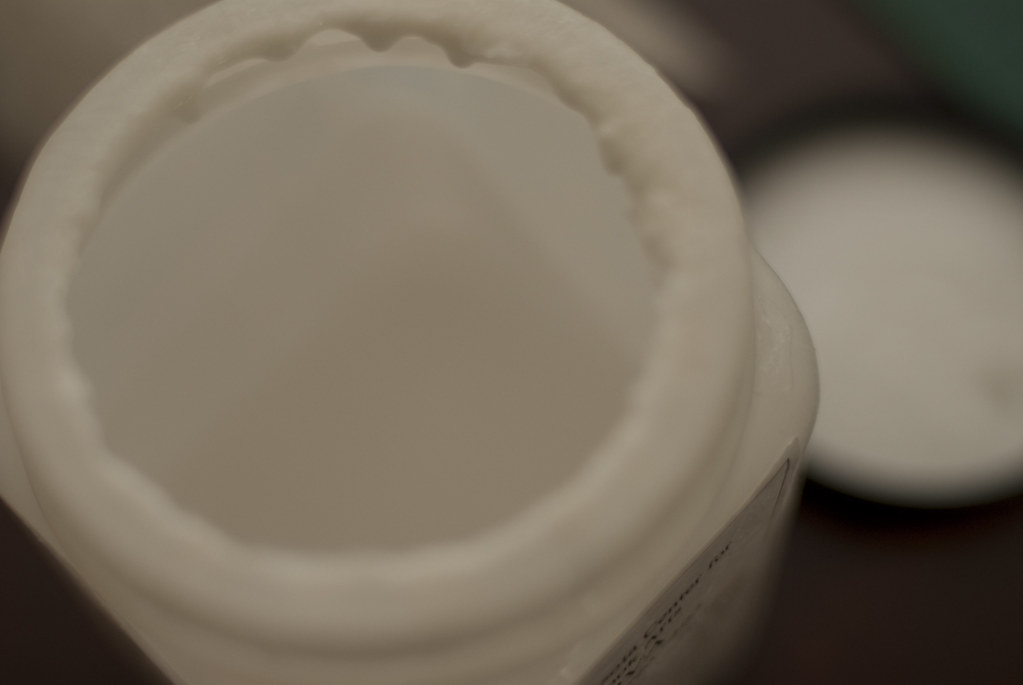PVA glue is the most commonly used glue. It is not only seen widely in home renovations, you can also see this glue used in large-scale construction. Moreover, this type of glue works perfectly on wallpapers. It can also be used efficiently when preparing solutions for your tiling, and can also serve as a surface primer before the final finishing.
Evidently, the uses of PVA glue are very wide that you can logically say that polyvinyl acetate is such a useful thing to an earnest person who knows how to make a PVA glue. If you want to know the steps in making PVA glue, this article can help you. Read on to start learning.
What you will need to follow this Tutorial?
Before you proceed with the steps, you should first prepare your materials. Although DIY PVA glue is an easy project, you cannot expect your work to turn out successful if you do not have the right materials. Here are the things that you need to secure first:
- Supplies Needed
You should prepare 1 liter of distilled water and 20 mm ethyl alcohol. You will also need 5 grams photographic gelatin, 100 grams wheat flour, and 4 grams pharmacy glycerine. These items aren’t new to you, so you should know that they are not expensive. Some of them are already available in your home. If that is the case, then you do not have to go out to buy one. Nevertheless, you shouldn’t worry if you already consumed your stock. These items are readily available in the market, so you can always go out and purchase them.
Step-by-Step Instructions
Here are the steps on how to make a PVA glue:
1. Prepare the Gelatin
The first step in making a PVA glue is to prepare the gelatin. To do this, you must soak 5 grams of gelatin in a glass full of water and let it sit there for 24 hours. Check the status of the gelatin after the given time. Once it has swollen, you should then proceed to the next step.
2. Create your Mixture
The next step is to create the mixture. Pour 1 liter distilled water into a container and put it in a water bath. You can use any container you will find suitable, as long as its volume is enough to accommodate the needed amount of PVA glue.
Use another container and get ready with your flour. Dilute 100 grams of wheat flour by mixing some water into it to prevent lumps from forming. Add the flour mixture to the distilled water while applying a fine stream, along with the gelatin you have prepared earlier.
3. Bring Mixture to a Boil
To create a powerful glue from this mixture, you should then perform some heating. Prepare a stirring spoon and place the pan on a stove and set a low heat. You should then bring the entire mixture to a boil. Now, this can be a tricky step as you should not boil the mixture.
You should notice the mixture looking similar to a concentrated sour cream. Your goal is to achieve a consistent mixture and to achieve that, you should stir the mixture constantly. Remove the pan from heat once you notice the mixture to begin curdling. See to it that you immediately take off the pan once the ideal state is achieved. Otherwise, there is a chance that you will ruin your PVA glue.
4. Put the Alcohol and Glycerin
After achieving a mixture of good consistency, your next step is to add 20 mm alcohol and 4 grams glycerin. At this time, your objective is to get a heavy mass of the consistent composition. You can achieve it by mixing the mixture thoroughly. You should be patient with the mixture, although the mixing does not take that long. It may take around 5 to 10 minutes to thoroughly mix your mixture. However, the time can vary depending on the volume of glue you intend to create.
Once done, you should allow the PVA glue to cool down. Refrigerate the mixture until it is cool. When the glue has finally cooled, you can then use it for your project.
Conclusion
Learning how to make PVA glue is something you can easily do at home. With the detailed steps shared in this article, there is no reason you will fail this task – unless you miss performing some of the steps. The steps are easy to follow, too. With the right execution and the required materials secured, you can have PVA glue. This type of glue is as strong and sturdy as those that you can buy from the store.
There are other recipes for making glue. However, if you are looking for a reliable product, then homemade PVA glue can give you satisfaction.

Leave a Reply